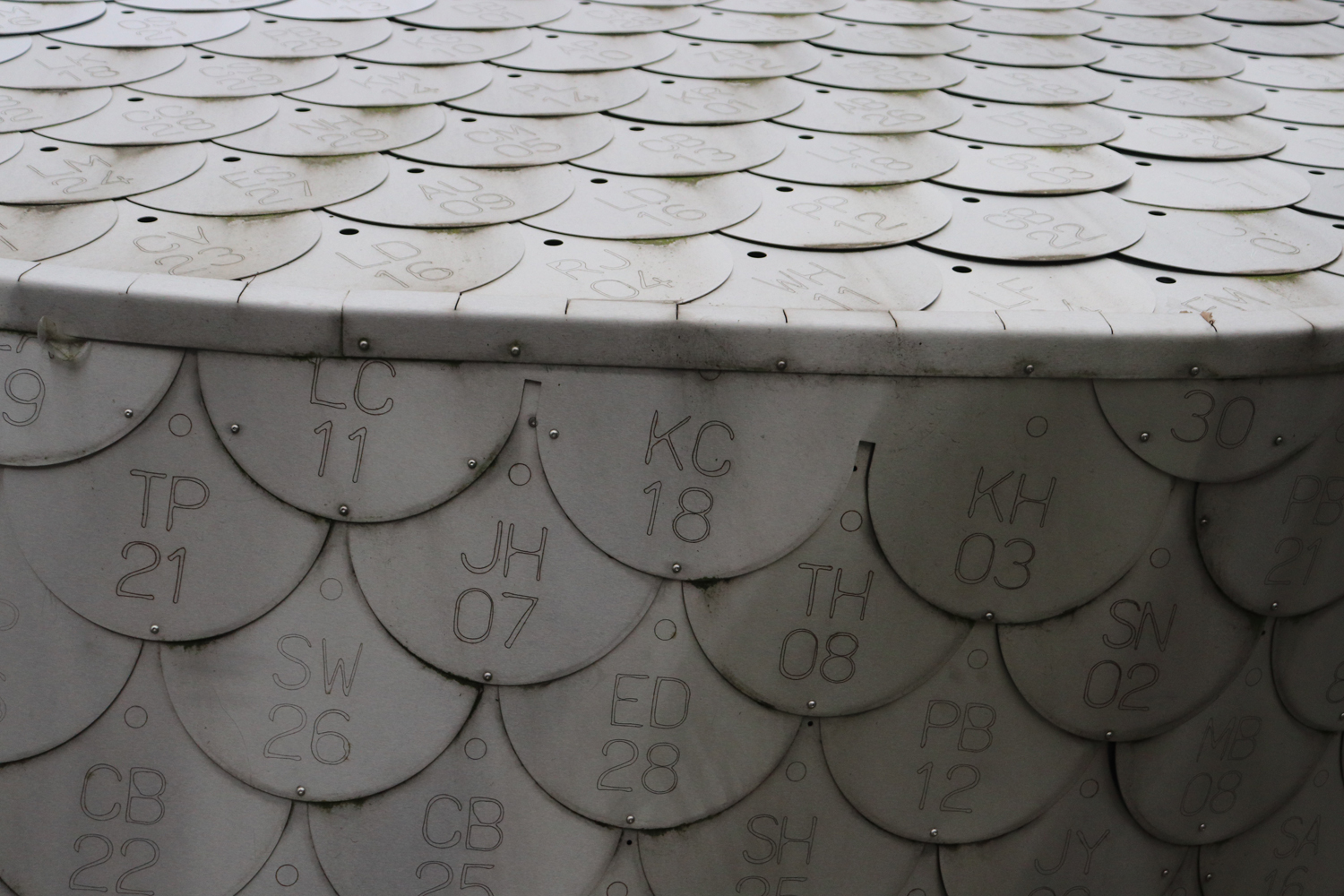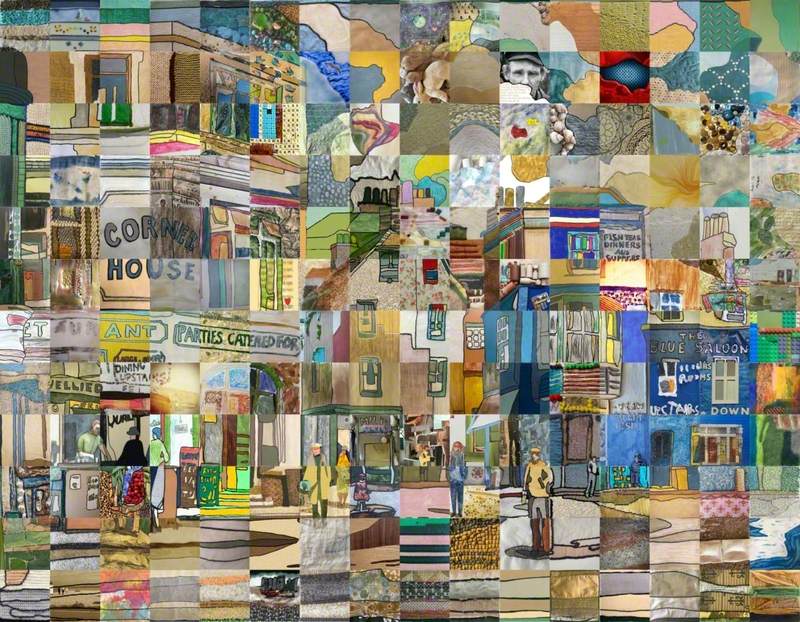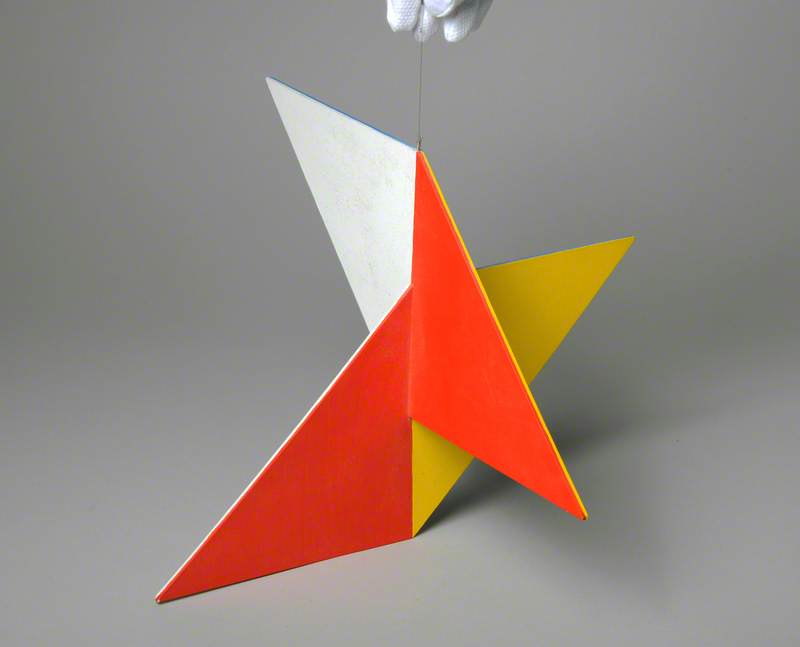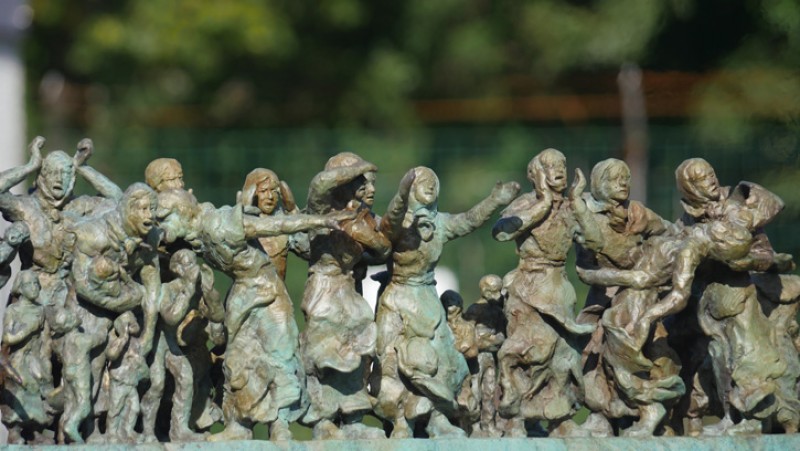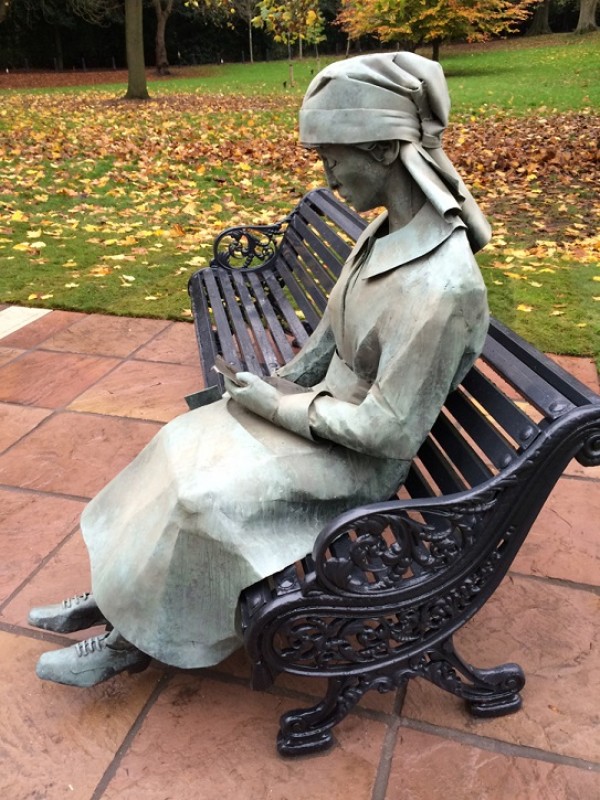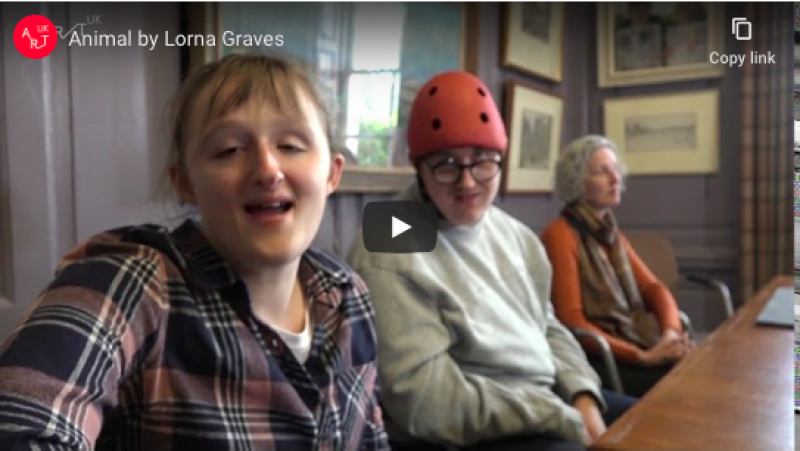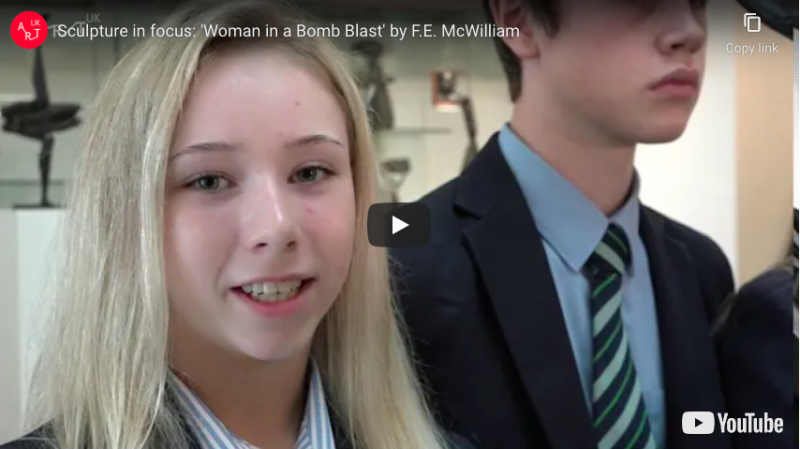Expressive Arts
Exploring the expressive arts is essential to developing artistic skills and knowledge and it enables learners to become curious and creative individuals.
Progression step 4:
I can explore and experiment with my own and others’ creative ideas, demonstrating increasingly complex technical control, innovation, independent thinking and originality to develop my work with confidence, being able to explain my reasons behind choices made and evaluate their effectiveness on my creative work
I can explore creative work, understanding the personal, social, cultural and historical context, including the conventions of the period in which it was created.
I can investigate and understand how meaning is communicated through the ideas of other artists and performers.
Progression step 5:
I can explore and experiment with my own creative ideas and those of others, demonstrating technical control, innovation, independent thinking and originality, showing confidence to take risks and developing resilience in order to overcome creative challenges.
I can investigate and analyse how creative work is used to represent and celebrate personal, social and cultural identities.
Responding and reflecting, both as artist and audience, is a fundamental part of learning in the expressive arts.
Progression step 4:
I can effectively evaluate my own creative work and that of others showing increasing confidence to recognise and articulate strengths, and to demonstrate resilience and determination to improve.
I can apply knowledge and understanding of context when evaluating my own creative work and creative work by other people and from other places and times.
I can evaluate the effectiveness of a wide range of artistic techniques in producing meaning.
Progression step 5:
I can critically and thoughtfully respond to and analyse the opinion and creative influences of others in order to independently shape and develop my own creative work.
I can critically evaluate the way artists use discipline-specific skills and techniques to create and communicate ideas.
Creating combines skills and knowledge, drawing on the senses, inspiration and imagination.
Progression step 4:
I can use my experimentation and investigation to manipulate creative work with purpose and intent when communicating my ideas.
I can apply specialised technical skills in my creative work.
I can purposefully use my design skills and apply a range of solutions to clarify and refine final creative ideas.
I can draw upon my experiences and knowledge to inform and develop strategies to overcome creative challenges with imagination and resilience.
Progression step 5:
I can synthesise and apply experience, knowledge and understanding with sophistication and intent when communicating my ideas.
I can use professionally established, discipline-specific techniques confidently and convincingly in my creative work and work towards industry standard.
I can design creative outcomes to professional and industry-standard with sophistication, clear purpose and intent.
I can use effective strategies to take risks with my own creative work and can display resilience to overcome creative challenges.
Humanities
Enquiry, exploration and investigation inspire curiosity about the world, its past, present and future
Progression step 4:
I can use my experiences, knowledge and beliefs to generate ideas independently and frame enquiries, using a range of research approaches when required.
I can analyse the usefulness and consider the reliability and validity of a range of evidence relating to my enquiry.
I can reflect on the approaches I have taken to enquiries and identify areas of improvement for future enquires.
Progression step 5:
I can independently undertake a range of full and thorough enquiries, selecting the most effective approach and justifying my methodologies.
I can critically evaluate the usefulness, validity and reliability of qualitative and quantitative evidence.
Events and human experiences are complex and are perceived, interpreted and represented in different ways
Progression step 4
I can infer and evaluate opinions, viewpoints and interpretations from a range of sources and evidence in order to develop my own informed judgements.
Human societies are complex and diverse and shaped by human actions and beliefs
Progression step 4:
I can use my knowledge and understanding to analyse and explain how different communities and societies have changed over time, in my locality and in Wales, as well as in the wider world.
I can explain and compare how communities have been shaped by the past and I can explain how a range of factors contribute to this.
Progression step 5:
I can give comprehensive explanations and analysis of the characteristics of different periods of time, recognising the dynamics of continuity and change over periods of varying lengths in order to develop an increasingly detailed chronological map of the past.
I can critically evaluate how various causal factors interrelate over a range of timescales and in a range of contexts. I can subsequently appreciate how and why the significance of these factors may be contested.
I can critically evaluate the consequences and significance of events and changes in a range of societies in the past and present.
I can evaluate and compare how communities have been shaped by the past, and I can analyse and explain how a range of factors contribute to this.
Informed, self-aware citizens engage with the challenges and opportunities that face humanity and are able to take considered and ethical action
Progression step 4:
I can explain and analyse why injustice and inequality exist and can do so in a range of contexts.
I can explain the importance of the roles played by individuals, societies, social movements and governments in defending people’s human rights.
I can explain the connections between past, present and anticipated challenges and opportunities faced by people in the wider world.
Progression step 5:
I can evaluate the underlying causes of injustice and inequality in a wide range of contexts in the past and present, and how they impact on human rights issues.
I can evaluate the causes of human rights violations and the various factors that undermine or support people’s rights.
I can evaluate the importance of the roles played by individuals, societies, social movements and governments in respecting and defending people’s human rights.
I have built a detailed understanding of what it is to be an ethical, informed citizen and can critically evaluate my role as one, recognising my responsibilities and those of others towards society.
I can evaluate how people’s different beliefs, perspectives and experiences impact upon moral and ethical action in response to past, present and anticipated challenges and opportunities.
I can critically examine my attitudes, assumptions and behaviours, along with the actions of others.





